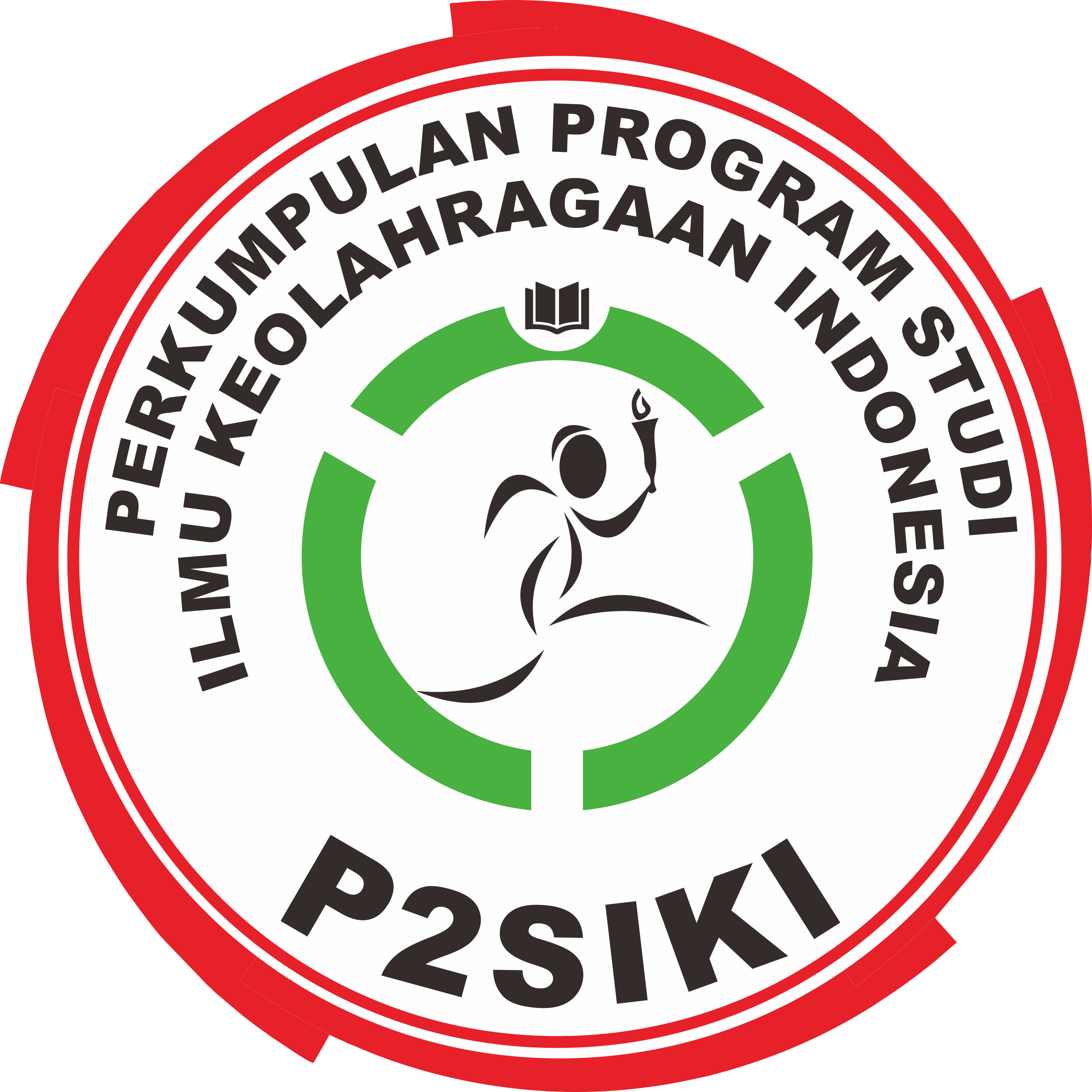Progam Latihan Body Building dapat Meningkatkan Massa Otot Mahasiswa IKORA FIK UNY
(1) Jurusan Pendidikan Kesehatan dan Rekreasi, Fakultas Ilmu Keolahragaan, Universitas Negeri Yogyakarta
Abstract
Keywords
Full Text:
PDFReferences
Bompa, T. O. (1994). Theory and methodology of training, The Key to Athletic performance Third Edition, Toronto, Ontorio Canada: Kendall/Hunt Publishing Company.
Djoko, Pekik Irianto. (2000). Panduan latihan kebugaran (yang efektif dan aman). Yogyakarta: Lukman Offset.
-----------------------------. (2008). Peranan jogging dan circuit weight training pada profil lemak tubuh dan kebugaran aerobik penyandang overweight. Makalah, tidak diterbitkan, Universitas Negeri Surabaya. Surabaya
Fox. E. L, Bowers. R. W, dan Foss. M. L. (1993). The physiological basis for exercise and sport, fifth edition. Iowa: Brown & Benchmark Publishers. Jensen, P. (1987). Training Lactat Puls Rate. Finland: Publisher Polar Electro.
Iskandar, dkk. (1999). Panduan Teknis Tes & Latihan Kesegaran Jasmani. Pusat Pengkajian Pemngembangan IPTEK Olahraga Kantor Menpora.
Klinik Kebugaran FIK UNY (2006). Pelatihan Instruktur Fitness FIK UNY.
Leedy, P. D. (1980). Practical research. New York: Macmillan Publishing Co. Inc.
Nossek, Josef. (1982). General Theory of Training. Lagos: Pan African Press, Ltd.
Sadoso Sumosardjuno. (1992). Pengetahuan praktis kesehatan dalam olahraga. Jakarta: PT Gramedia Pustaka Utama.
Suharjana. (2007). Latihan Beban: Sebuah Metode Latihan Kekuatan. Jurnal Ilmiah Kesehatan Olahraga, MEDIKORA, Vol. III, No.1, 80-101.
Sukadiyanto. (2002). Teori dan metodologi melatih fisik petenis. Yogyakarta: Fakultas Ilmu Keolahragaan UNY.
Thomas R. Baechle, and Groves, B.R. (1996). Weight Training: Step to Succes. Alih Bahasa Latihan Beban oleh: Razi Siregar, Jakarta: PT. Raja Grafindo Persada.
Zaenudin, M. 1988. Metodologi Penelitian. Surabaya: Universitas Airlangga.
Refbacks
- There are currently no refbacks.
Published by:
Department of Sport Science, Universitas Negeri Semarang
Gd. F1 Lt. 1 FIK-UNNES, Jalan Raya Sekaran Gunungpati Semarang Indonesia 50229, Telp/Fax: (024) 8508007
This work is licensed under a Creative Commons Attribution 4.0 International License.




